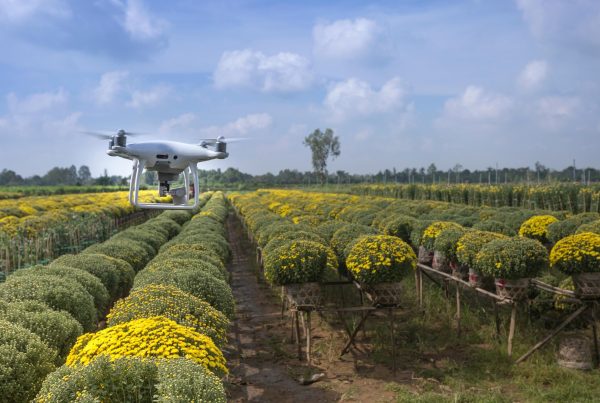The drone manufacturing industry has seen significant advancements in improving weather resistance, expanding operational possibilities in challenging conditions. These developments have enabled drones to face strong winds, rain, and extreme temperatures, providing operators with greater flexibility and versatility in various applications.
A notable example of this innovation is the “DJI Matrice 300 RTK,” a high-performance drone designed for commercial and security applications. This model has been manufactured with a focus on weather resistance. Its robust design and ability to operate in adverse weather conditions make it a valuable tool for surveillance, search and rescue, and industrial inspection.
Another example is the “Autel Robotics EVO 2,” a foldable drone that offers enhanced wind resistance. Equipped with advanced navigation systems and powerful motors, this drone can maintain a stable position even in windy conditions, making it suitable for aerial photography and mapping applications.
The “Parrot Anafi USA” is another drone that stands out in terms of weather resistance. This rugged and compact drone is designed for security and surveillance operations. It can withstand heavy rain and extreme temperatures, making it a valuable tool for missions in challenging environments.
These examples illustrate how the drone manufacturing industry has evolved to address concerns about weather resistance. Advances in design, materials, and technology have allowed drones to become increasingly reliable tools in a variety of applications, even in adverse weather conditions. As technology continues to advance, we are likely to see more innovations that further expand the capabilities of drones in terms of weather resistance.





